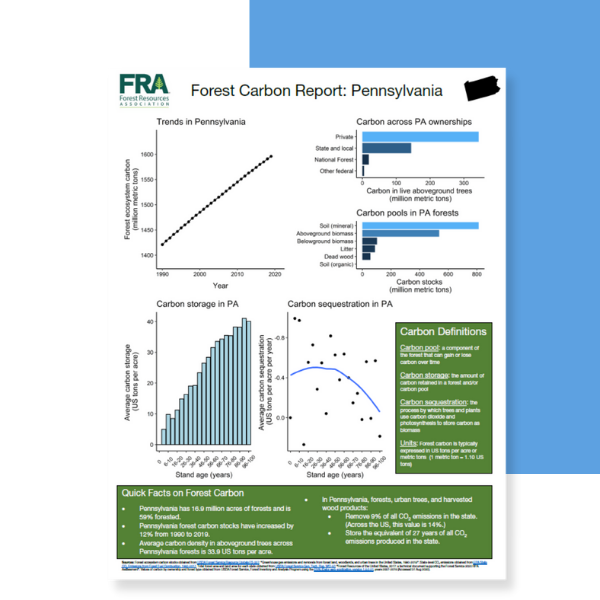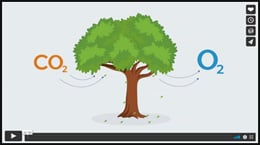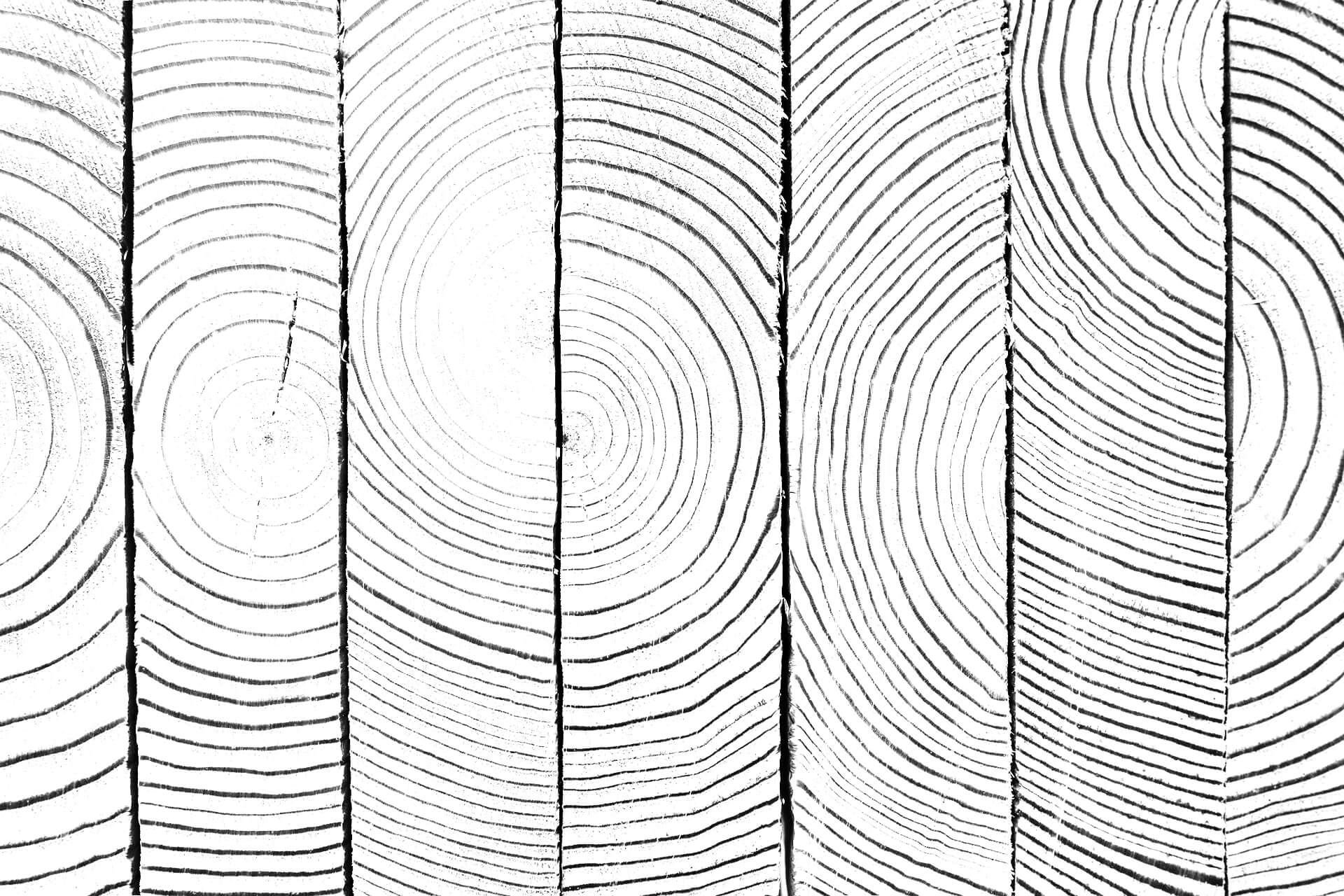Why Forest Resources Association Supports Biomass Carbon Neutrality
The concept of biomass carbon neutrality (net zero carbon emissions) is grounded in the fact that carbon emissions from biomass combustion are fully offset by working forest landscapes. These landscapes continually absorb carbon dioxide from the atmosphere, release oxygen, and store carbon in the products manufactured from active forest management. A balance of young, intermediate, and mature forests is needed to address climate change effectively. Younger forests are more efficient at sequestering CO2, while older forests store more carbon.
Through forest management operations, biomass is produced, which, when utilized, creates markets and provides economic activity for rural economies. Biomass is used for energy to heat homes and to generate electricity. Because of the ongoing efforts of the forest products sector, there are more trees in the U.S. today than there were in 1952, and more tons of carbon stored in forests. The forest industry’s commitment to sustainability, growing, and maintaining healthy forests will ensure that the cycle of tree growth, harvest, and replanting will maintain healthy, viable forests into the future.
The carbon-neutral nature of biomass harvested from sustainably managed forests has been recognized repeatedly by studies, government agencies, institutions, legislation, and rules around the world, including guidance from the United Nations (UN) Intergovernmental Panel on Climate Change (IPCC) and the reporting protocols of the UN Framework Convention on Climate Change.

Take Action
Forest Resources Association’s efforts in 2020 to provide an effective member voice in Washington, DC, were multifaceted and targeted our key legislative and regulatory priorities.
Go to FRA Take ActionKey Facts on Carbon Neutrality
1.
The concept of biomass carbon neutrality, recognized as scientifically valid around the world, is the bedrock of the forest products industry’s sustainability claims.2.
Regulatory uncertainty around how or whether carbon emissions from biomass combustion will be counted threatens the viability of the forestry, forest products, and bioenergy sectors.3.
Well-managed forestlands provide clean air, forest products, and bioenergy. This cycle is repeated through the renewal of forestlands that are more abundant in the U.S. than in 1952.4.
Carbon storage in the U.S. has increased annually over the last 30 years.FRA is working to maintain the existing statutory directive that federal agencies recognize the carbon neutrality of forest-based biomass in any final FY 2022 appropriations legislation. FRA strongly supports a provision originally enacted as part of the Consolidated Appropriations Act of 2017 that directs the Environmental Protection Agency, the Department of Energy, and the Department of Agriculture to implement a coordinated policy that fully reflects the carbon-neutral nature of forest-based biomass fuels and energy.
Codifying the concept of biomass carbon neutrality was a significant victory for every link in the biomass value chain. However, since the biomass provision was included in an appropriations measure, the language is in jeopardy of expiring if it is not explicitly reauthorized. FRA is working to bolster support for legislative language reauthorizing the biomass provision for fiscal year 2022.
Carbon Fact Sheets
FRA has developed new fact sheets that show the role of forestland in sequestering and storing carbon. A benefit of healthy forests is their value in storing carbon in forests and harvested wood products. Another advantage is through carbon sequestration or the process by which trees use carbon dioxide and photosynthesis to store carbon as plant biomass. The fact sheets present the status and trends in forest carbon storage and sequestration using data from the USDA Forest Service Forest Inventory and Analysis program. As the climate change debate continue, the fact sheets will be a useful tool to show the importance of managed forestlands to address climate change at the national, regional, and state levels. Make sure you check out the forest carbon report for your state.

Carbon Reports
Related Articles

The Role of Forests and Forest Products in Mitigating Climate Change
The carbon debate seems to be everywhere these days. Whether it…

FRA Announces the 3rd Edition of the Chip Quality Manual – Quality Chips Make a Difference
FRA’s Western Region recently completed revisions to the Chip Quality Manual…

If You Can Make It From Oil, You Can Make It From Wood
There’s a professor at the University of Maine who’s fond of…

Policy Accomplishments in 2021
View workforce policy accomplishments made in 2021
View Accomplishments
Resources
View reports of technical innovations, public outreach strategies, woodlands safety and security case studies about the forest resources community.
View Resources